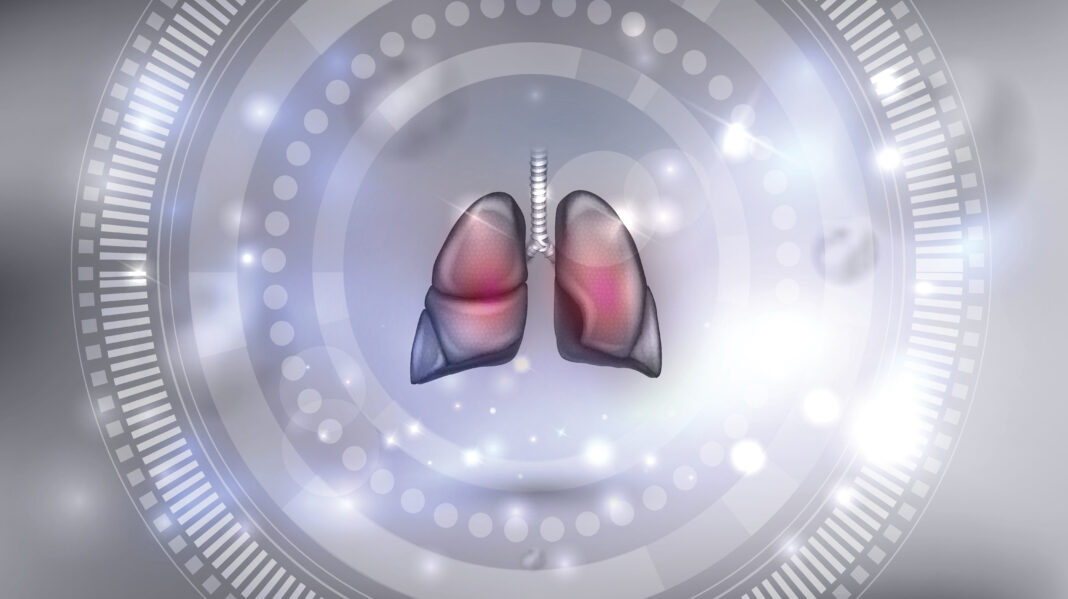Francis Crick Institute researchers report they have uncovered that molecules in vegetables such as broccoli or cauliflower may help to maintain a healthy barrier in the lung and ease infection. Their findings in mice demonstrate that the protein, aryl hydrocarbon receptor (AHR), which is found at barrier sites, is highly active in endothelial cells lining blood vessels in the lung.
Their study, “Endothelial AHR activity prevents lung barrier disruption in viral infection,” is published in Nature and led by Andreas Wack, PhD, group leader of the Immunoregulation Lab at the Crick.
“Disruption of the lung endothelial–epithelial cell barrier following respiratory virus infection causes cell and fluid accumulation in the air spaces and compromises vital gas exchange function,” wrote the researchers. “Endothelial dysfunction can exacerbate tissue damage, yet it is unclear whether the lung endothelium promotes host resistance against viral pathogens. Here we show that the environmental sensor aryl hydrocarbon receptor (AHR) is highly active in lung endothelial cells and protects against influenza-induced lung vascular leakage.”
The researchers conducted a series of experiments in mice to show how AHR impacts lung barriers. When mice were infected with the flu virus, blood was found in the airspaces in the lungs, as it had leaked across the damaged barrier. The researchers then showed that AHR was able to prevent the barrier from becoming leaky: when AHR was overactivated they observed less blood in the lung spaces.
The researchers also observed mice with enhanced AHR activity didn’t lose as much weight when infected with flu, and were able to better fight off a bacterial infection on top of the original virus.
When AHR was prevented from being expressed in the lung endothelial cells of infected mice, more blood and immune cells were seen in the air spaces, showing greater damage to the barrier.
The researchers also showed that flu infection causes a decrease in protective lung AHR activity, but only in mice fed AHR ligands in their diet before the illness. Infected mice didn’t eat as much food when ill, so their intake of AHR ligands was reduced and the AHR system was less active, leading to more lung damage.
Despite the infection-driven reduction of AHR activity, it was beneficial for mice to be on an AHR ligand-rich diet: these mice had better barrier integrity and less lung damage during infection than mice on the control diet. These results indicate that AHR has a protective effect on the lung barrier which is impacted by infection, but can be improved by the right diet.
“Until recently, we’ve mainly looked at barrier protection through the lens of immune cells,” added Wack. “Now we’ve shown that AHR is important for maintaining a strong barrier in the lungs through the endothelial cell layer, which is disrupted during infection.”
Jack Major, a former PhD student in the Wack lab and now visiting scientist at the Crick and first author, said: “What we’ve identified is a gut-lung axis—linking diet to protection against lung infection via endothelial cells.
“We looked at flu in this research, but other research has shown that COVID-19 may also reduce AHR activity in the lung. It will be interesting to investigate the impact of other respiratory viruses on AHR, and also whether different molecules in our diet use other pathways than AHR to affect lung function via endothelial cells.”



